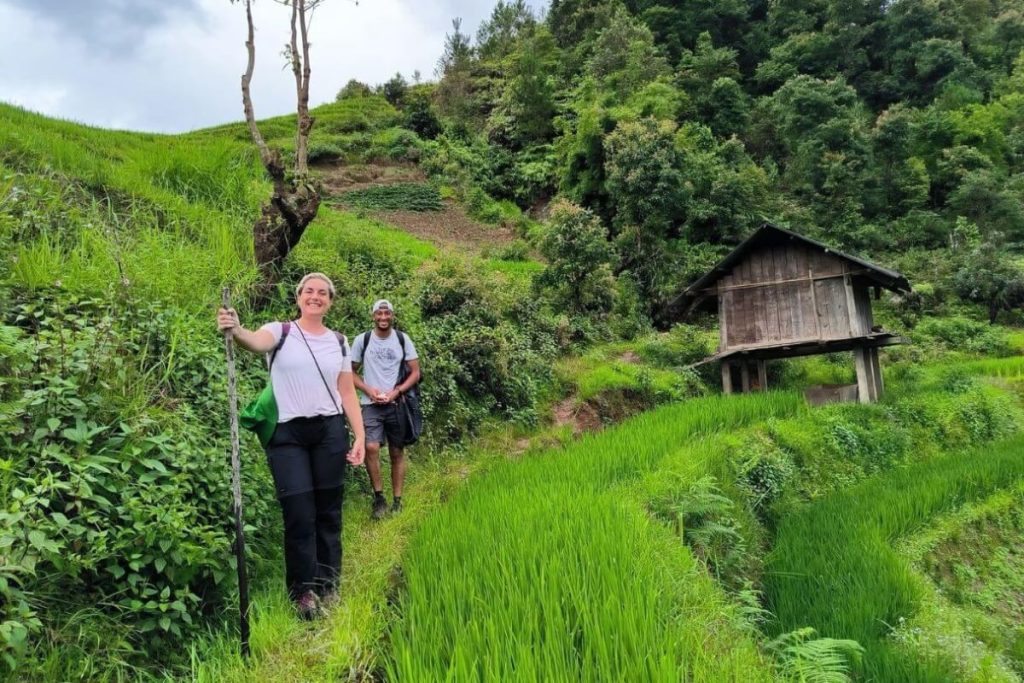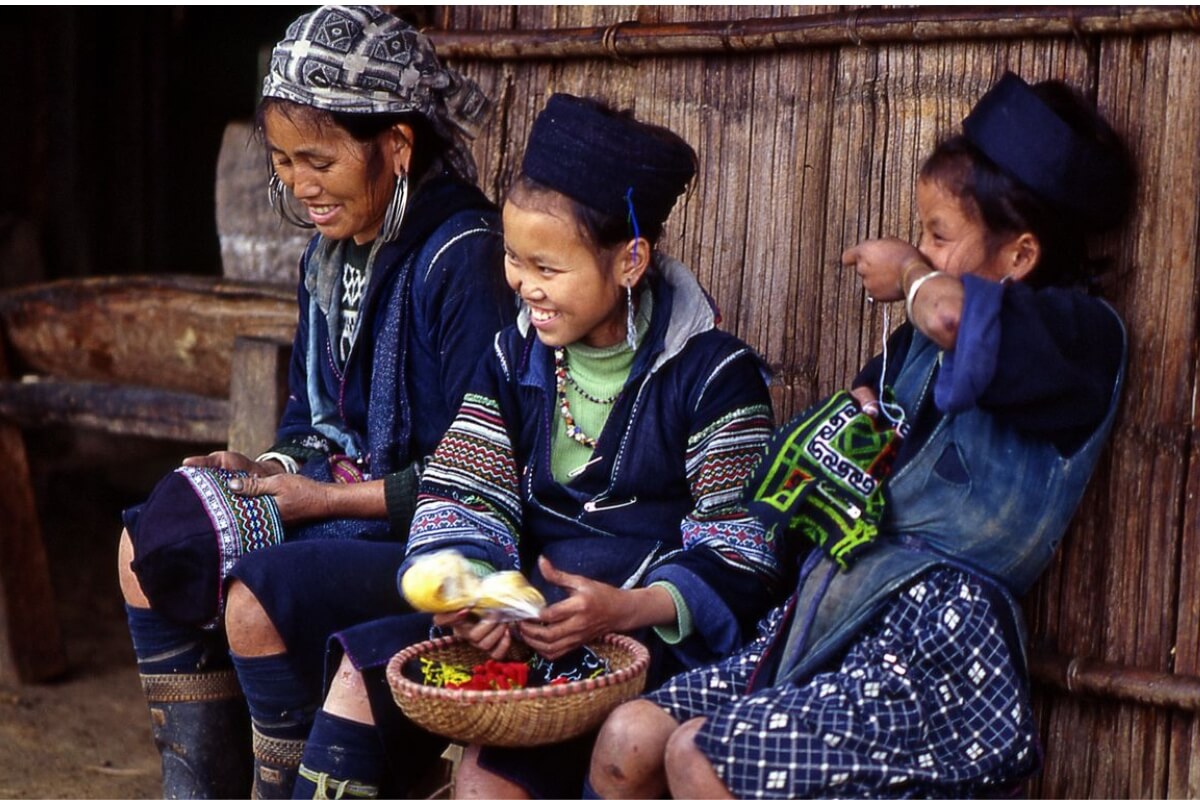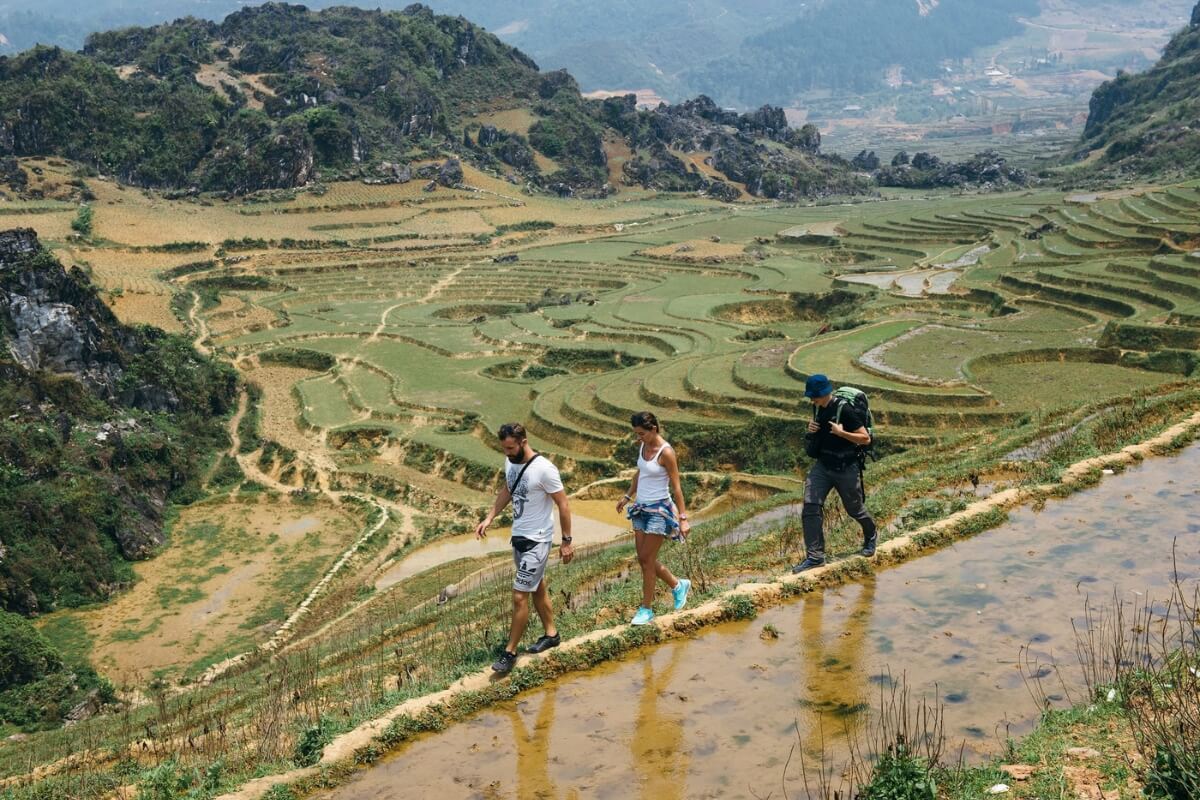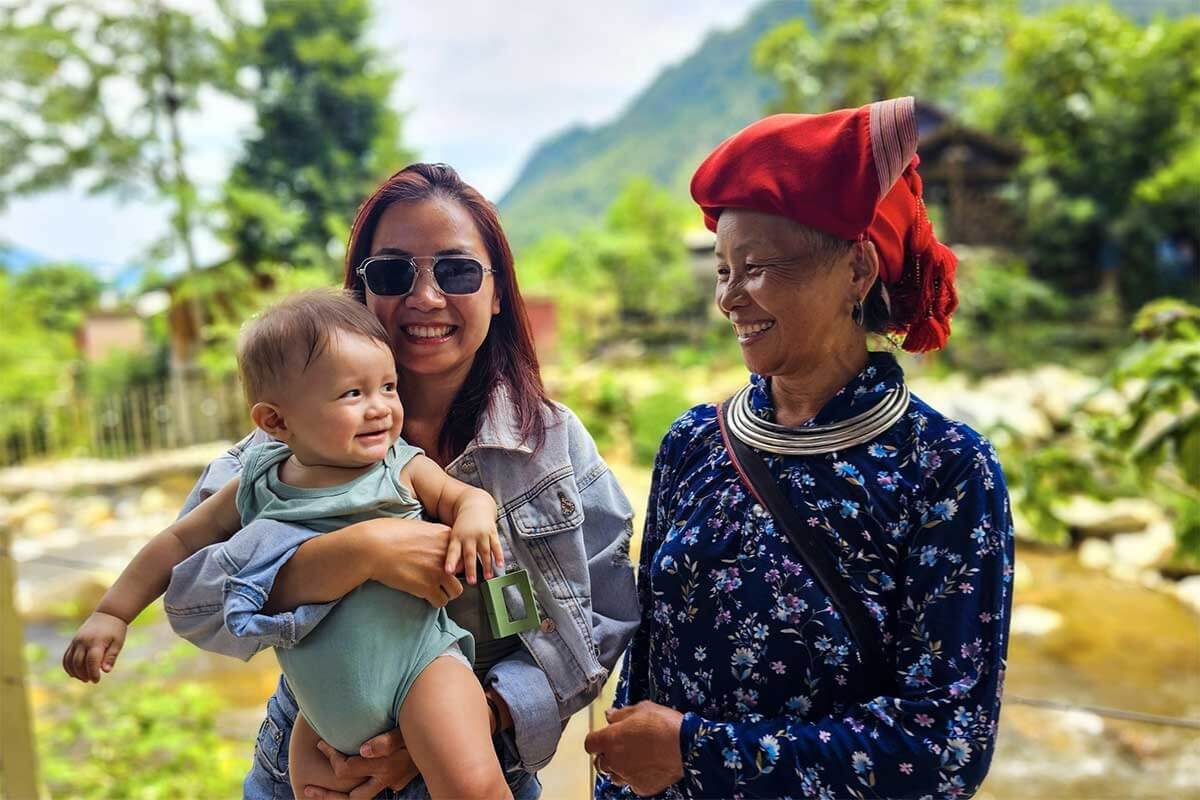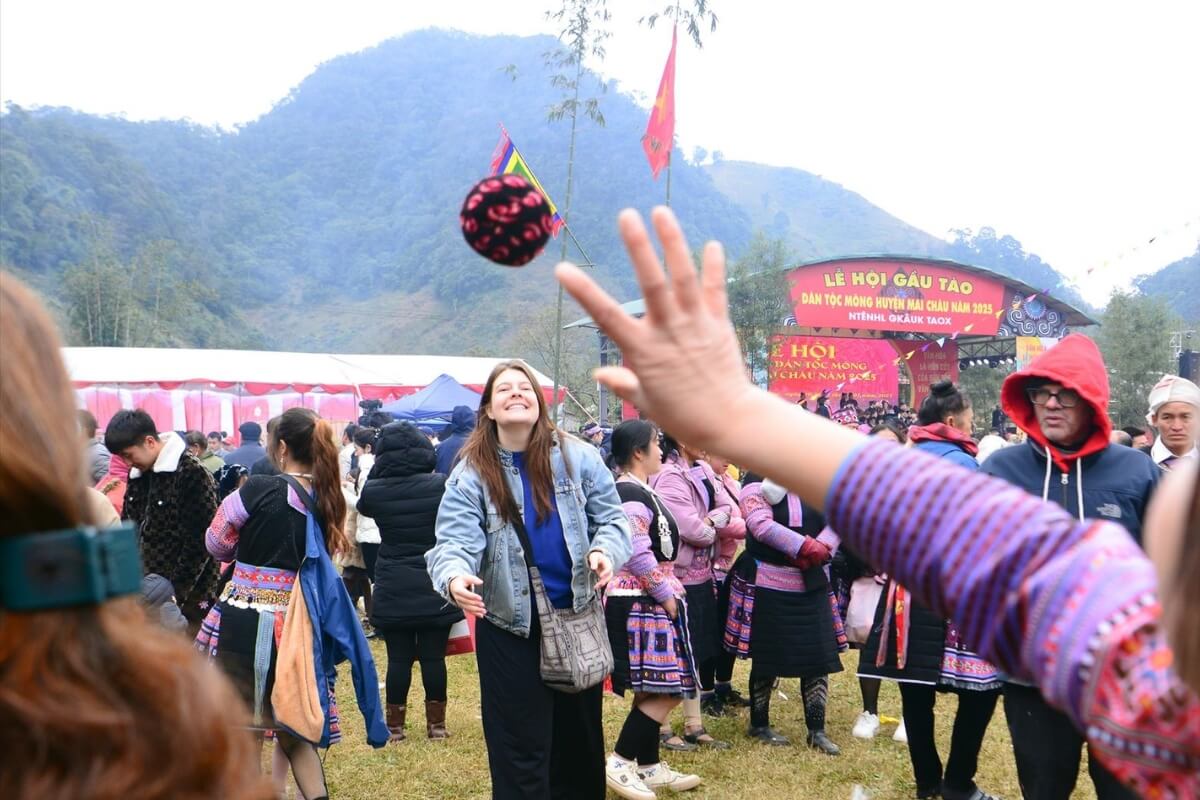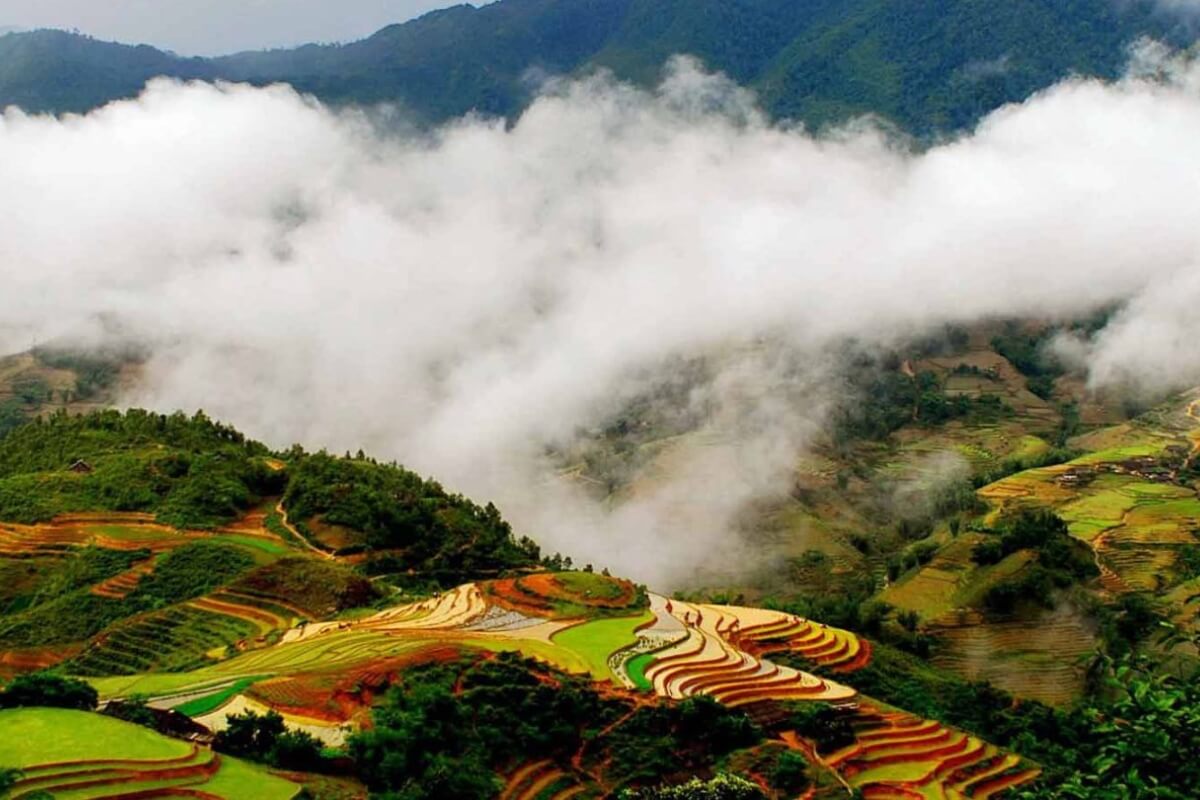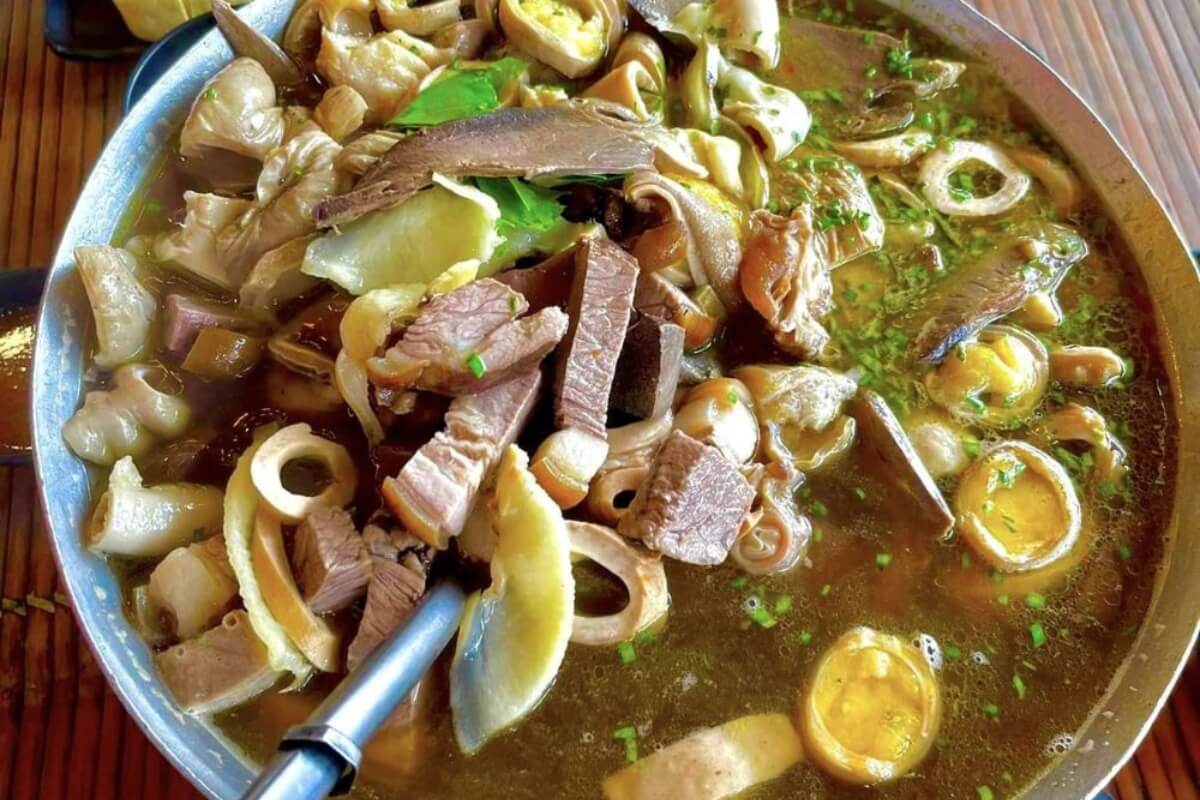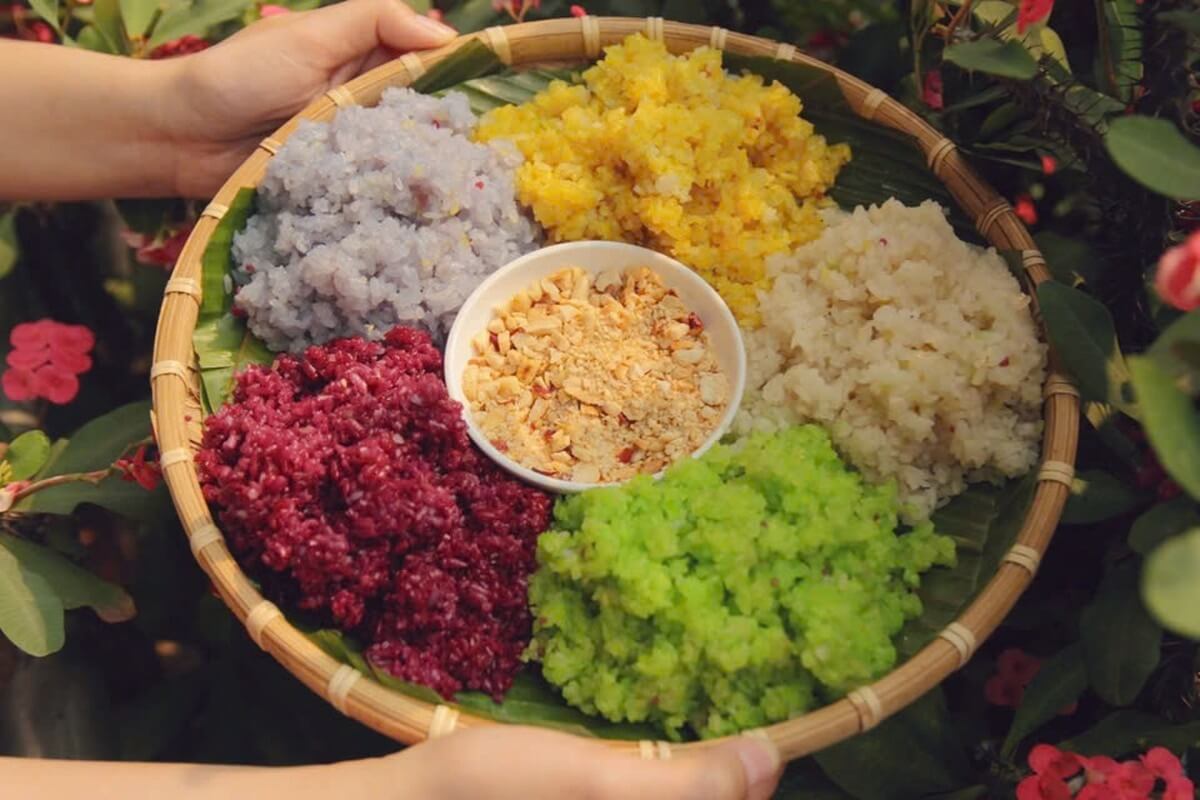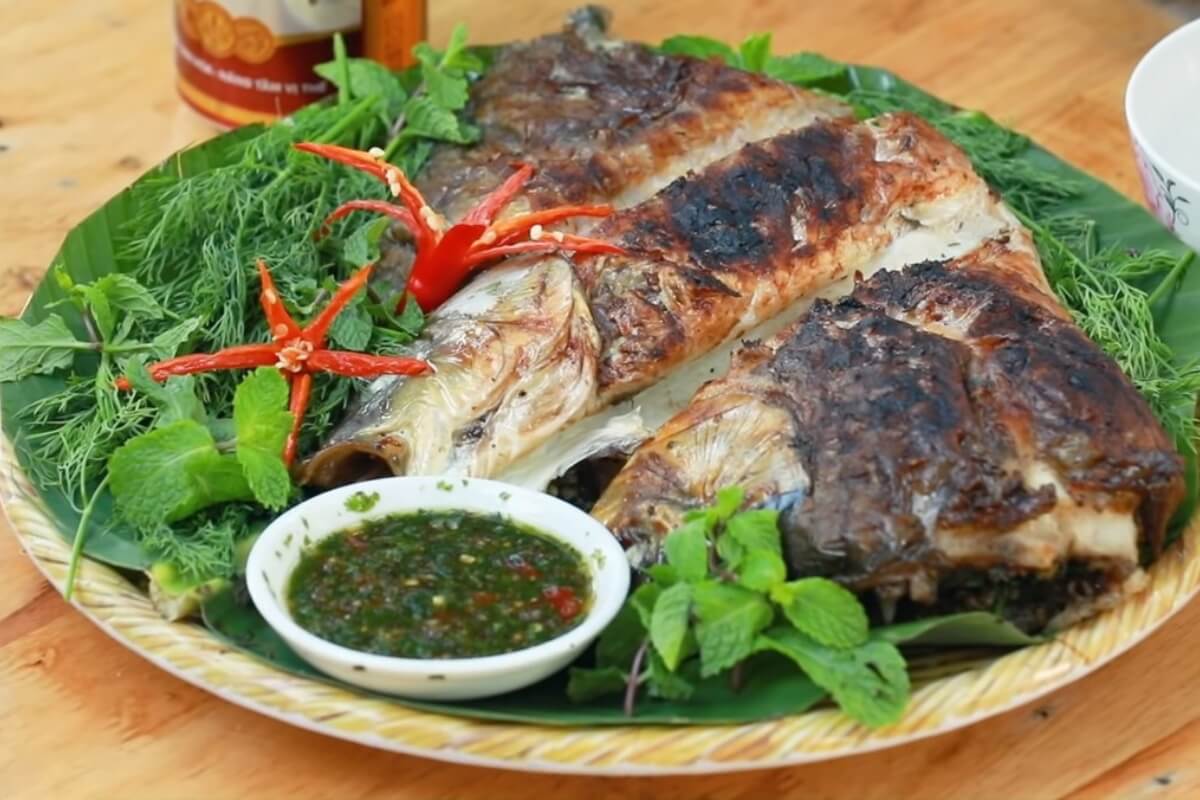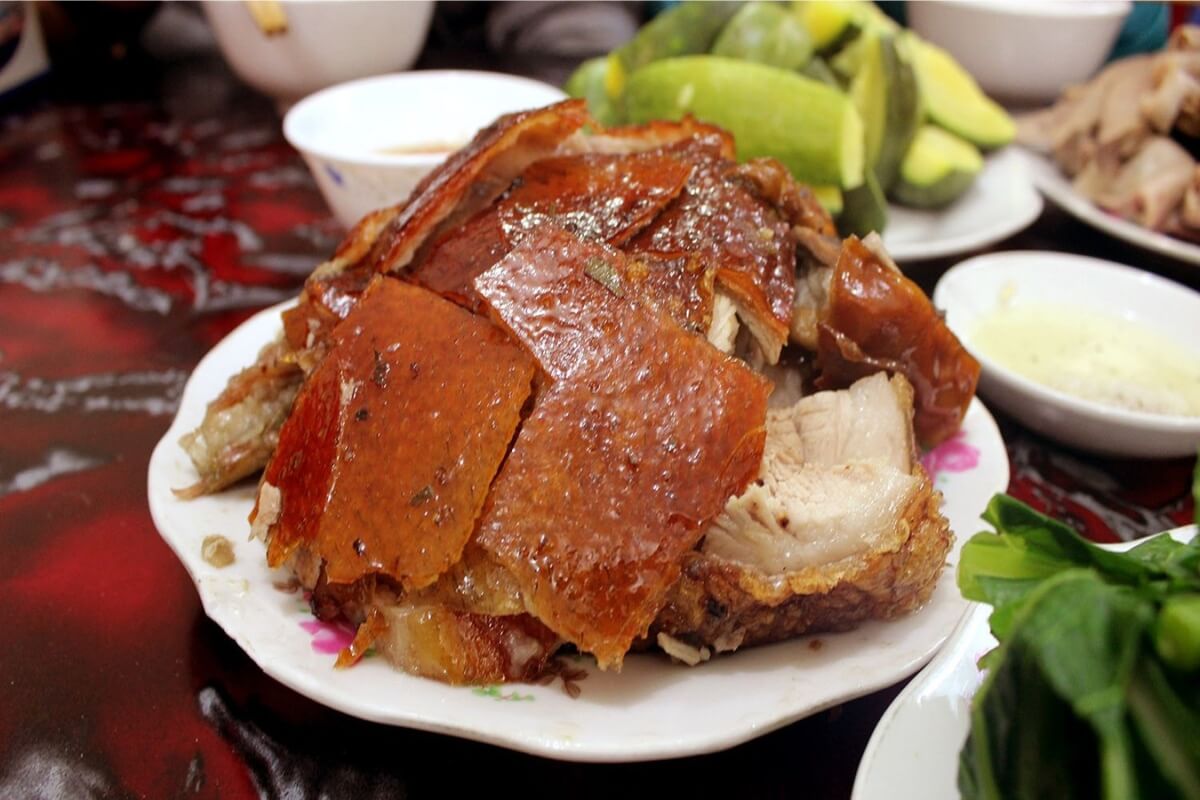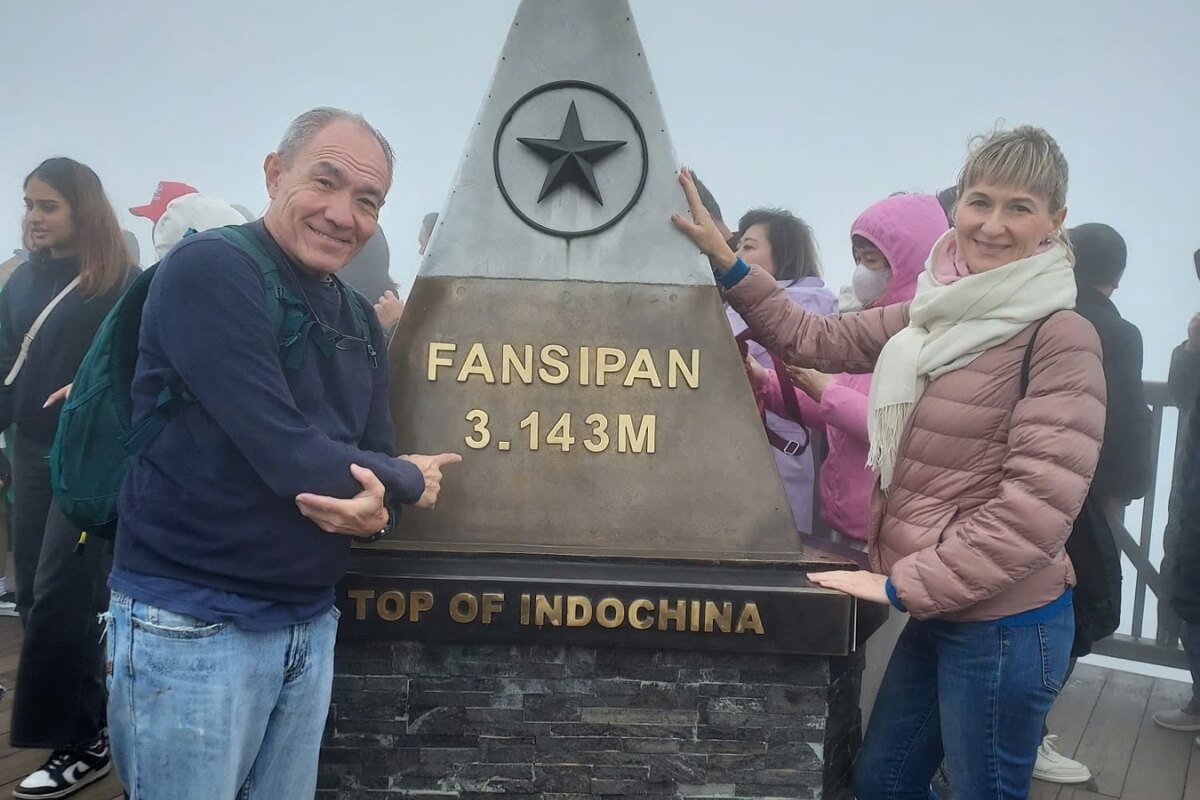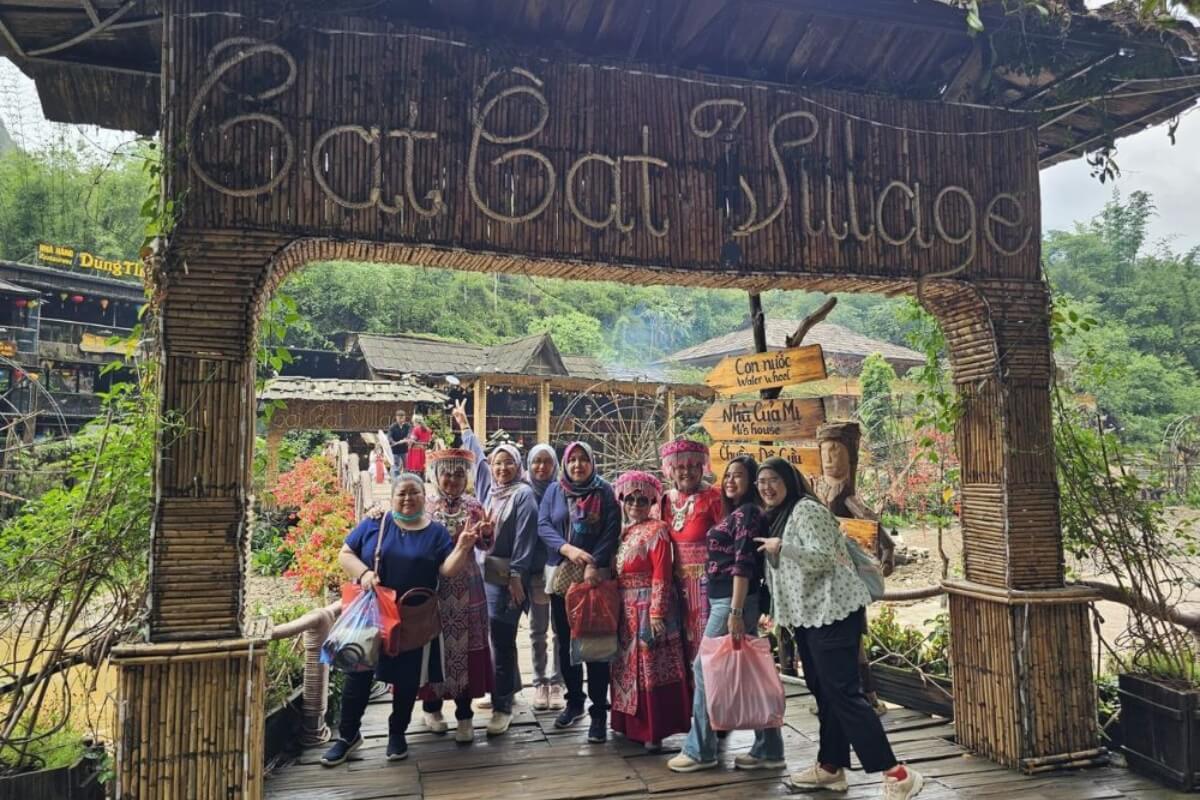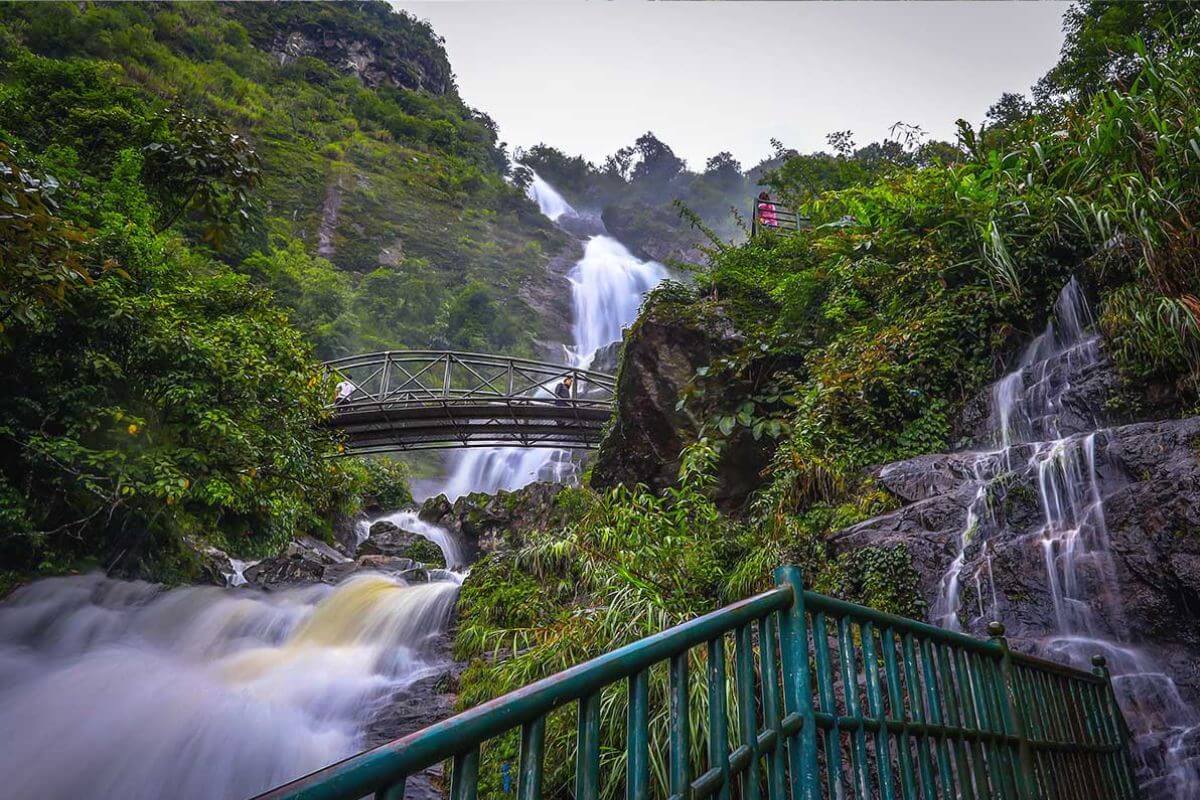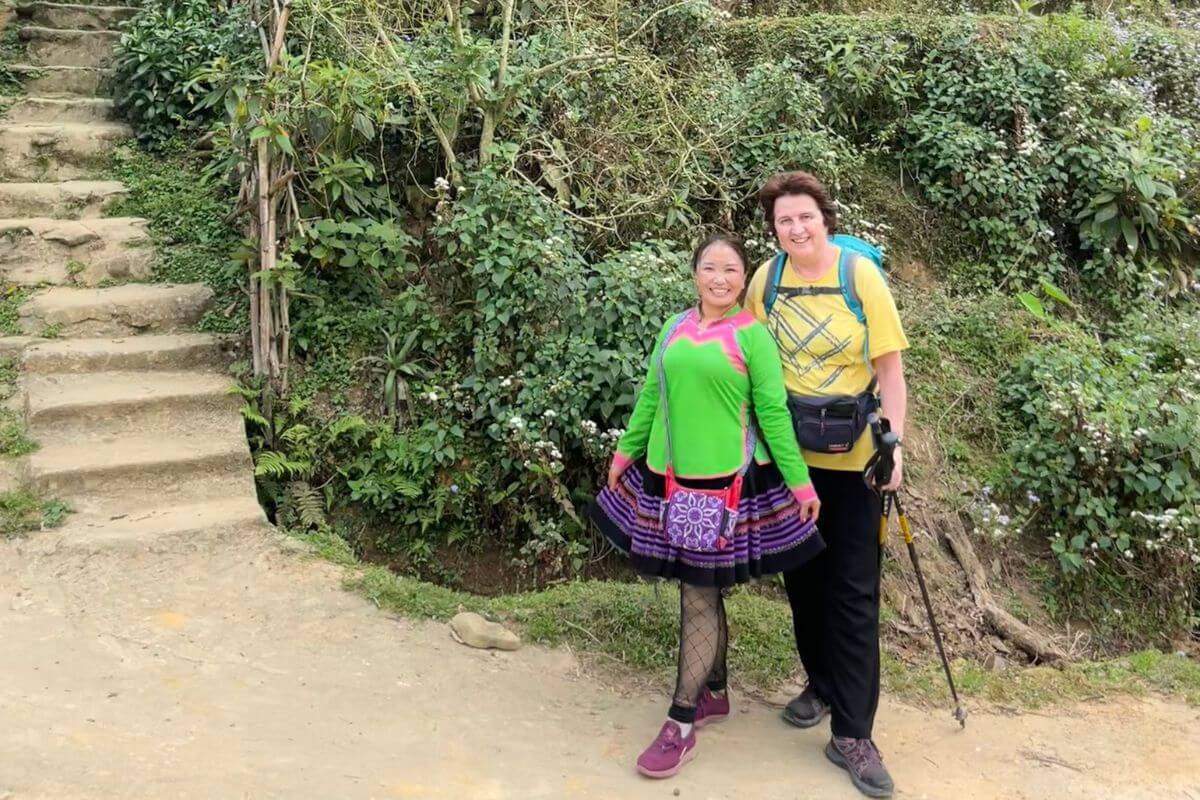Hanoi Travel Blog - Hanoi Introduction & Information
Discover Sin Chai Village Sapa: Top 10+ Things To Do & Where To Stay Updated 2025-2026
Discover Sin Chai Village in Sapa, Vietnam – a peaceful Hmong village nestled at the foot of Fansipan Mountain. Let’s together with Hanoi Local Tour learn about its culture, trekking routes, homestays, and why Sin Chai is the authentic heart of Sapa’s beauty.
Sin Chai Village – The Most Beautiful Village In Sapa Vietnam
Deep in the misty mountains of northern Vietnam lies a small yet enchanting destination — Sin Chai Village. Just a few kilometers away from Sapa Town, this untouched Hmong community offers travelers a rare opportunity to experience genuine local life, breathtaking landscapes, and traditional culture that has survived for generations.
Unlike the more commercialized Cat Cat or Ta Van villages, Sin Chai Village Sapa remains quiet, authentic, and deeply rooted in its heritage. For travelers who crave connection rather than crowds, this village is a perfect window into the highland soul of Vietnam.
Where Is Sin Chai Village?
Sin Chai Village is located about 4 kilometers southwest of Sapa Town, in Lao Cai Province, northern Vietnam. Nestled at the foot of Fansipan Mountain — famously known as “The Roof of Indochina” – the village offers panoramic views of majestic peaks, terraced rice fields, and lush valleys that shift in color throughout the seasons.
This serene Hmong village is surrounded by natural beauty. The crisp mountain air, the sound of trickling streams, and the rhythmic flow of rural life make it feel worlds away from Sapa’s bustling tourist center – yet it’s just a 30-minute walk or a 10-minute motorbike ride from town.
The History and Culture of Sin Chai Village
Home of the Black Hmong People
The residents of Sin Chai Village belong to the Black Hmong ethnic group, one of Vietnam’s most distinctive hill tribes. For centuries, the Hmong have cultivated rice, corn, and vegetables on terraced fields carved into steep mountain slopes – a symbol of harmony between people and nature.
In Sin Chai, traditional stilt houses made from wood and bamboo line the narrow dirt paths. Women still wear handwoven indigo-dyed skirts and jackets decorated with intricate silver jewelry. Visitors often see local artisans spinning hemp, weaving cloth, or embroidering patterns that tell ancient stories of their ancestry.
A Living Museum of Hmong Traditions
While modernization slowly reaches Sapa, Sin Chai Vietnam retains its authenticity. Locals still speak their native language, practice shamanistic rituals, and celebrate festivals tied to the lunar calendar.
If you’re lucky enough to visit during New Year (Tet of the Hmong people), you’ll witness lively traditional dances, the sound of bamboo flutes, and games that bring the whole community together.
The villagers’ warm hospitality is genuine – they may invite you for corn wine or to join a family meal of rice, bamboo shoots, and homegrown vegetables. Every encounter feels like stepping into a living museum of culture, unspoiled by time.
How to Get to Sin Chai Village
From Sapa Town
You can reach Sin Chai Village in several ways:
- Trekking: The most popular option, taking about 1–1.5 hours from Sapa Town. The trail passes through small paths with spectacular mountain views — a wonderful introduction to Sapa’s natural beauty.
- Motorbike or Car: A quick 10-minute ride from town, ideal for travelers who prefer comfort.
From Hanoi to Sapa
If you’re traveling from Hanoi, the easiest way is to take an overnight train or sleeper bus to Lao Cai, then transfer by car or minibus to Sapa. From there, Sin Chai is just a short trek or ride away.
Hanoi Local Tour offers guided Sapa tours including Sin Chai Village in their itinerary. Booking through a reputable agency ensures safe transportation, professional guides, and authentic local interactions.
Top 10+ Things to Do in Sin Chai Village – The Best Ways to Experience Authentic Sapa
Trekking Through Sin Chai Village’s Scenic Terraces
There’s no better way to connect with Sin Chai Village than on foot. Trekking allows you to immerse yourself in the landscape – rice terraces cascading down the mountainsides, mist hovering over valleys, and the soothing sound of streams running through the fields.
The Sin Chai trekking route begins from Sapa Town and winds gently uphill through local farmlands and bamboo groves. The path is less crowded than other trekking routes like Cat Cat or Lao Chai, giving you a sense of peace and privacy.
Along the way, you’ll see buffaloes plowing fields, children waving from doorsteps, and women carrying baskets of vegetables. The air smells of earth, grass, and wood smoke — the essence of the mountains.
For photography lovers, sunrise and sunset treks are magical. Early mornings paint the terraces with golden light, while evening mists roll through the valleys like silk ribbons.
Experience Daily Life with Local Families
A visit to Sin Chai Village Vietnam is more than sightseeing — it’s a chance to slow down and experience daily life with the Hmong people.
Imagine stepping into a wooden house with a dirt floor and a smoky hearth where corn wine simmers gently. Your host, wearing an indigo-dyed outfit, invites you to sit by the fire. Together, you share a meal of rice, homegrown vegetables, and grilled pork seasoned with mountain herbs.
You can join locals in their everyday routines — helping to plant rice, harvest corn, or feed livestock. These humble activities create profound memories and genuine human connection.
If you stay overnight in a Sin Chai homestay, your hosts might teach you to weave hemp fibers, embroider traditional motifs, or cook signature Hmong dishes like Thang Co (herbal horse meat stew) or men men (steamed corn).
Learn the Art of Hmong Handicrafts
The Hmong people are renowned for their craftsmanship, and Sin Chai Village is one of the best places to witness — and learn — their traditional arts.
Here, women still use ancient techniques to spin hemp into fabric, dye it with indigo, and embroider vibrant geometric patterns. Every piece of cloth tells a story — of family, spirituality, and nature.
You can join a handicraft workshop to learn how these garments are made from scratch. From crushing indigo leaves to weaving on bamboo looms, the process is meditative and inspiring.
By purchasing directly from local artisans, you not only take home a meaningful souvenir but also help sustain a disappearing craft tradition. Each piece you buy supports local livelihoods and preserves the cultural heritage of Sin Chai Village Sapa.
Capture Breathtaking Photography Moments in Northern Vietnam
For photographers, Sin Chai Vietnam is a dream come true. The village offers countless opportunities to capture the natural and human essence of Sapa’s highlands.
Wake up early to shoot mist rolling through the terraces, or frame portraits of Hmong women in traditional attire – their silver jewelry glinting in the morning sun. During the golden harvest season (September–October), the entire valley glows in warm amber tones that look like something out of a painting.
The contrast between vibrant clothing, lush greenery, and rustic homes creates a visual harmony unique to Sin Chai Village.
Attend Local Festivals and Cultural Events
The Hmong people celebrate several traditional festivals throughout the year, and experiencing one in Sin Chai Village Sapa is unforgettable.
The Gau Tao Festival, usually held in January or February, is a joyful occasion featuring singing contests, bamboo flute performances, and games like top spinning or love market gatherings. The atmosphere is filled with laughter, color, and energy — a rare chance to see authentic mountain culture in full swing.
During Hmong New Year (Tet), families clean their homes, cook special dishes, and dress in their finest handmade clothes. Visitors are often welcomed to join — sharing food, dancing, and wine with locals.
These festivals reveal the spiritual richness of Sin Chai Vietnam – where community, nature, and tradition come together in perfect harmony.
Discover the Beauty of Nature Around Sin Chai
Beyond the village, the surrounding nature is equally mesmerizing. A short trek from Sin Chai leads to bamboo forests, hidden waterfalls, and panoramic viewpoints of the Hoang Lien Son mountain range.
Fansipan Mountain — “The Roof of Indochina” — looms in the distance, its summit often blanketed in mist. You can combine a Sin Chai trek with a Fansipan cable car trip, giving you both the intimacy of local culture and the grandeur of the region’s natural wonders.
Birdwatchers and nature lovers will also enjoy spotting rare mountain species and colorful butterflies that thrive in the cool highland climate.
What to Eat in Sin Chai Village – A Taste of Authentic Northern Vietnam Cuisine
Food in the mountains of northern Vietnam is more than nourishment — it’s a reflection of nature, tradition, and community.
In Sin Chai Village, meals are made from what the land provides: rice from terraced fields, corn from hillside farms, herbs gathered in the forest, and meat raised right in the village.
Thang Co – The Legendary Hmong Stew
Originating centuries ago, Thang Co is a hearty mountain stew made from horse meat and bones, simmered for hours with herbs and spices collected from the forest — including cardamom, star anise, lemongrass, and dozens of secret ingredients passed down through generations.
The result is a bold, aromatic flavor that warms your soul on chilly mountain days. Traditionally, Thang Co is cooked in a large iron pot over a wood fire and shared among family and neighbors during festivals or market gatherings.
Traveler’s Tip:
If you’re not used to strong flavors, some local families in Sin Chai Village Sapa adapt the dish with pork or chicken, keeping the essence but making it gentler for international palates.
Pair it with a small cup of corn wine — a fragrant local spirit that perfectly complements the dish’s richness.
Five-Color Sticky Rice (Xôi Ngũ Sắc)
One of the most visually stunning dishes you’ll find in Sin Chai Vietnam is xôi ngũ sắc, or five-color sticky rice.
Each color — red, green, purple, yellow, and white — comes from natural plant dyes extracted from leaves, flowers, or roots.
The dish is not just beautiful; it’s symbolic. The colors represent the elements of life: fire, water, earth, wood, and metal — all in harmony.
Sticky rice is steamed to perfection, soft and fragrant, often served during Hmong celebrations or offered to guests as a gesture of friendship.
Grilled Stream Fish (Cá Suối Nướng)
The crystal-clear mountain streams around Sin Chai Village are home to small, sweet freshwater fish. Local people catch them by hand or with simple bamboo traps, then grill them over open charcoal fires.
The fish are marinated with wild herbs, salt, and pepper grown in nearby gardens, giving them a smoky, savory aroma that’s irresistible after a long trek.
They’re typically served with sticky rice and chili salt, accompanied by freshly picked vegetables or bamboo shoots.
Bamboo-Tube Rice (Cơm Lam)
A beloved dish across Vietnam’s highlands, cơm lam — or bamboo-tube rice — is especially delicious in Sin Chai Village Sapa.
Sticky rice is mixed with coconut water or salt, stuffed inside young bamboo tubes, and roasted over an open flame. When the bamboo skin is peeled off, the rice inside emerges soft, fragrant, and infused with a subtle smoky sweetness.
Locals often enjoy cơm lam with grilled pork, chicken, or wild vegetables. It’s also a popular trekking snack — lightweight, nutritious, and wrapped by nature itself.
Free-Range Grilled Pork (Lợn Cắp Nách)
This is a mountain delicacy that every traveler should try when visiting Sin Chai Village Vietnam.
The name lợn cắp nách literally means “pigs carried under the arm” — referring to small, free-range black pigs that roam freely around the village.
Their meat is lean, firm, and flavorful due to their natural diet of herbs, corn, and forest roots. Locals often marinate the pork with lemongrass, garlic, and honey before grilling it on bamboo skewers over open fire.
Paired with rice wine or a cold beer, it’s a dish that captures both the warmth and wildness of Sin Chai Village Sapa.
Fresh Bamboo Shoots and Forest Vegetables
If you’re vegetarian or simply love organic produce, you’ll be delighted by the array of fresh forest vegetables found in Sin Chai Vietnam.
Locals pick wild bamboo shoots, ferns, and mountain herbs early in the morning. These are stir-fried with garlic, steamed with sesame oil, or cooked into simple yet flavorful soups.
Because everything is grown naturally in the highland soil and irrigated by mountain streams, the flavors are earthy, pure, and deeply satisfying.
The food here doesn’t need fancy sauces or decoration – nature provides the seasoning.
Corn Wine – The Spirit of Sin Chai
Almost every family in Sin Chai Village makes their own corn wine (rượu ngô), a traditional spirit distilled from fermented corn.
The process takes patience – the corn is cooked, fermented, and distilled using handmade copper stills. The result is a smooth, slightly sweet liquor that warms the body and spirit in the mountain cold.
As a visitor, sharing a small glass of corn wine with your hosts is a gesture of friendship and respect. Don’t rush it – sip slowly, smile, and toast to good fortune with a heartfelt “Một, hai, ba, dzô!”
Other Attractions Near Sin Chai Village Sapa
Fansipan Mountain – The Roof of Indochina
Just a few kilometers from Sin Chai Village, the mighty Fansipan Mountain rises majestically above the clouds. At 3,147 meters, it’s the highest peak in Indochina — a sacred symbol for locals and a bucket-list destination for adventurers.
Once accessible only by a challenging two-day trek, Fansipan is now reachable by the Fansipan Legend Cable Car, one of the world’s longest and most scenic cable systems.
The 15-minute ride takes you over deep valleys and rolling clouds, offering a bird’s-eye view of Sapa’s terraced fields and mountain villages — including glimpses of Sin Chai Village Sapa nestled below.
At the summit, the Great Buddha Statue, Bich Van Pagoda, and spiritual temples add an element of serenity to the breathtaking panorama.
Cat Cat Village – The Cultural Counterpart of Sin Chai
While Sin Chai Village is known for its peaceful authenticity, its neighboring Cat Cat Village offers a livelier and more touristic glimpse into Hmong culture.
Located about 3 km from Sapa Town and just 5 km from Sin Chai, Cat Cat is famous for its ethnic craft markets, traditional performances, and picturesque waterfalls.
The village was established over a century ago by the Black Hmong people and has since become one of the most visited ethnic villages in Vietnam.
As you walk along the cobbled paths lined with wooden souvenir stalls, you’ll see locals weaving fabrics, dyeing indigo, and crafting silver jewelry.
The Cat Cat Waterfall and Hydroelectric Station, built by the French during colonial times, add a historic charm to the natural scenery.
Ta Van Village
Further down the Muong Hoa Valley lies Ta Van Village, about 12 km from Sin Chai Village Sapa.
It’s home to a mix of Giay, Dao, and Hmong communities, making it one of the most culturally diverse villages in the region.
The village is surrounded by lush bamboo forests and overlooks the serene Muong Hoa River. Early mornings bring a soft mist that drifts between the rice terraces, creating a dreamy, cinematic atmosphere.
Visitors often combine Ta Van with Sin Chai Vietnam on a 2–3 day trekking itinerary, allowing them to explore both ends of Sapa’s cultural spectrum: the raw authenticity of Sin Chai and the gentle sophistication of Ta Van.
Muong Hoa Valley – The Natural Heartbeat of Sapa
Stretching between Sin Chai Village and Ta Van, the Muong Hoa Valley is one of Sapa’s most scenic areas — a sweeping vista of terraced rice fields, rivers, and ancient rock formations.
The valley is also home to the mysterious Muong Hoa Stone Field, where hundreds of engraved stones lie scattered across the land. These carvings — depicting humans, animals, and geometric symbols — are believed to date back thousands of years and remain a mystery to archaeologists today.
Silver Waterfall (Thac Bac) – The Jewel of Sapa’s Highlands
About 12 km from Sin Chai Village Sapa, the Silver Waterfall (Thac Bac) cascades down from a height of over 200 meters, creating a spectacular white spray that glimmers like silver threads under the sun.
The waterfall is fed by the melting snow from Fansipan Mountain and surrounded by dense pine forests. A small wooden bridge crosses the stream below, offering stunning photo opportunities.
During summer, the sound of rushing water echoes through the valley, while in winter, mist wraps around the cliffs like silk.
Local vendors nearby sell roasted chestnuts and grilled eggs — simple yet comforting snacks after a mountain drive.
Love Waterfall – A Hidden Gem Near Sin Chai
A few kilometers beyond Silver Waterfall lies another secret spot — the Love Waterfall (Thac Tình Yêu), one of Sapa’s most romantic and enchanting locations.
According to local legend, this was where a celestial fairy fell in love with a mountain boy who played the flute by the falls. Their forbidden romance gave birth to the waterfall’s name — “Love.”
Reaching the waterfall involves a scenic 1 km forest walk along moss-covered stone paths and streams. When you arrive, you’ll be greeted by the sight of crystal-clear water cascading into a tranquil pool surrounded by lush greenery.
Sapa Town – A Blend of Mountain Charm and Modern Comfort
Just 4 km from Sin Chai, Sapa Town blends old-world charm with modern comfort. Here, you’ll find cozy cafés with mountain views, boutique hotels, and lively night markets selling ethnic crafts and local delicacies.
Don’t miss the Sapa Stone Church, an iconic French colonial landmark in the town square, or the Sapa Market, where ethnic minorities from nearby villages gather every weekend to trade textiles, herbs, and livestock.
From Sapa Town, it’s easy to arrange guided excursions to Sin Chai Village, Fansipan, and all the attractions mentioned above — making it the ideal base for your highland adventure.
Best Time to Visit Sin Chai Village
While Sin Chai Village is beautiful all year round, the experience changes dramatically with the seasons — and choosing the right time can make all the difference.
Spring (March – May):
The mountains burst into life with wildflowers and fresh greenery.
It’s an ideal time for trekking, photography, and enjoying comfortable weather around 15–25°C. The rice terraces begin to fill with water, creating mirror-like reflections under the sun.
Summer (June – August):
This is the planting season, when the terraces glow in vibrant shades of green. Expect occasional rains and mist, which add a mystical touch to your photos.
If you love lush landscapes and don’t mind light showers, this is your moment.
Autumn (September – October):
The most popular and photogenic season in Sin Chai Village Sapa. The rice turns golden before harvest, creating breathtaking layers of color cascading down the hillsides.
It’s warm during the day and cool at night — perfect for trekking, festivals, and homestay experiences.
Winter (November – February):
Cold and foggy, with temperatures sometimes dropping below 10°C.
But winter has its charm: mist rolling over valleys, wood smoke rising from stilt houses, and the cozy warmth of local corn wine.
If you enjoy quiet, solitude, and moody mountain landscapes — winter in Sin Chai Vietnam is unforgettable.
Plan your trip with Hanoi Local Tour – trusted experts in authentic, sustainable travel across northern Vietnam.
Our curated tours to Sin Chai Village Hanoi Sapa Tours include private guides, ethical homestays, scenic trekking routes, and personalized cultural experiences.
Your unforgettable Sapa story begins here!

